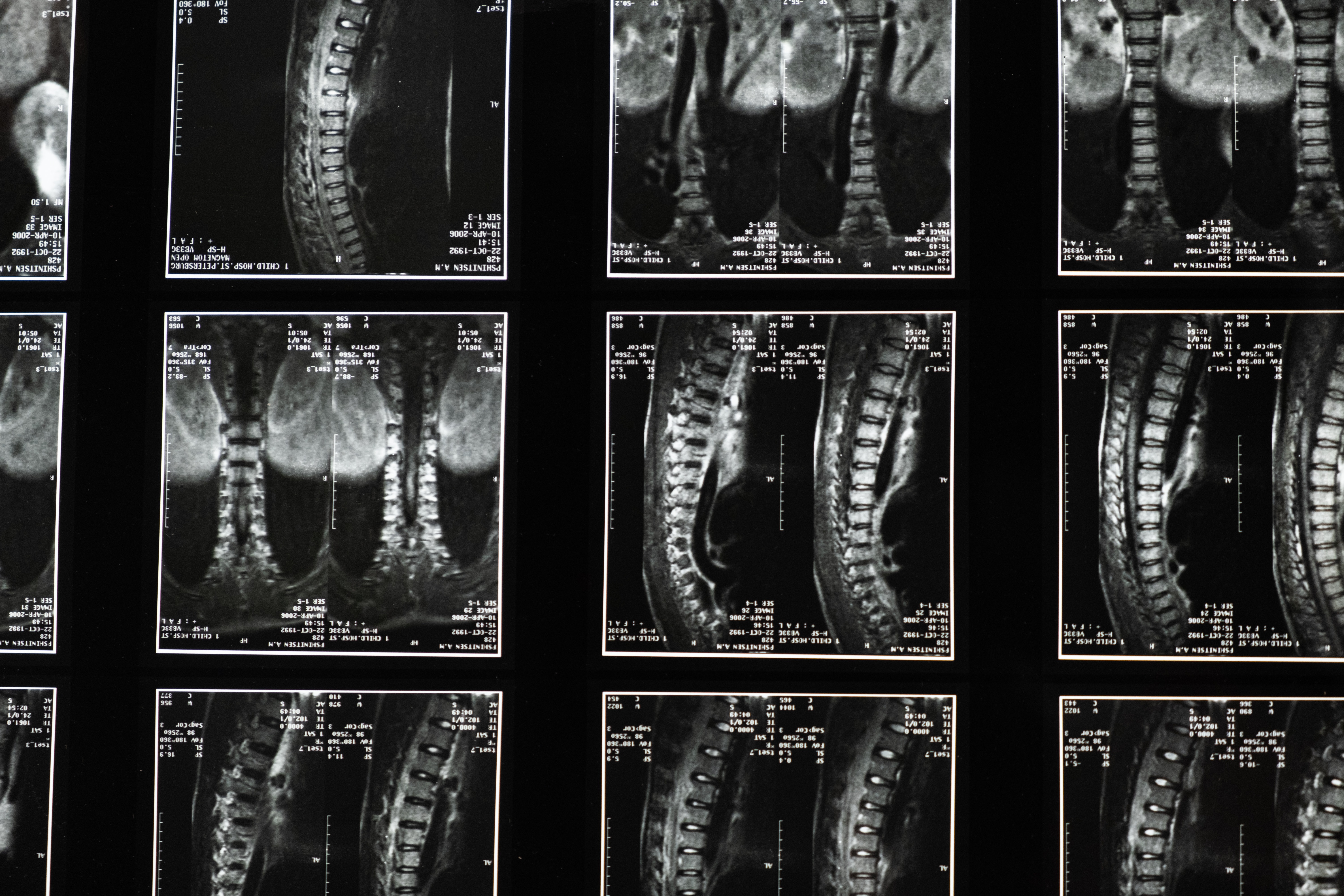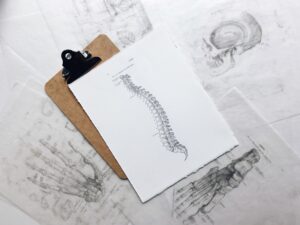

Osteoporotic Fractures – Treatment and Rehabilitation
4 May, 2021, 2:53 AMOsteoporosis is a disease in which the bones become weak and brittle, making them more likely to fracture. Sometimes, the bones become so brittle that they break after minimal or no trauma. Even mild stresses such as coughing, lifting a bag of groceries, or twisting can lead to an osteoporotic fracture.
Osteoporosis often develops over the years without any warning symptoms until a fracture occurs. Osteoporotic fractures most often occur in the hip, spine, and wrist. Spinal fractures, also known as vertebral compression fractures, are almost twice as common as other types of osteoporotic fractures.
Approximately 1.2 million people in Australia have osteoporosis. It is estimated that 1 in 2 Australian women and 1 in 3 Australian men above the age of 60 will have an osteoporotic fracture during their lifetime.
Diagnosis of Osteoporotic Fractures
Many patients with osteoporotic fractures are asymptomatic, experiencing mild discomfort and near-normal function. In others, the fracture causes symptoms such as pain, swelling, and impaired function. Doctors can diagnose an osteoporotic fracture with radiological imaging. Apart from providing evidence of a fracture, X-rays can also provide clues about the cause. For example, in patients with osteoporosis, there may be a noticeable thinning of the bone noted on the X-ray films. A definitive diagnosis of osteoporosis can be established with a bone mineral density test with DXA scanning.
The Challenges of Treating Osteoporotic Fractures
Four key therapeutic principles are used to treat osteoporotic fractures:
- Fracture reduction
- Surgical or non-surgical immobilisation
- Physical therapy and rehab exercises
- Osteoporosis therapy with medications
Some factors make the treatment of osteoporotic fractures challenging. For example, prolonged bed rest and immobilisation after a fracture can accelerate bone loss or make the severity of bone loss worse. Also, the poor underlying quality of bone in osteoporosis patients means fracture reduction and surgical treatment can be challenging. There may be delayed bone healing, putting the patient at risk of secondary fractures at adjacent sites. Last but not least, because osteoporosis is a disease of the elderly, there are often co-existing chronic diseases present. This can make the management of osteoporotic fragility fractures complicated. Given these difficulties, it is essential that osteoporotic fractures are treated by experts including neurosurgeons and pain management specialists. This ensures good outcomes and pain-free return to function.
Treatment of Spinal Fractures
Spinal fractures are the most common type of osteoporotic fracture. Approximately 90% of osteoporosis-related spinal fractures occur in the thoracolumbar spine (mid and lower back). [4] In patients with minimal symptoms (mild pain and minimal vertebral height loss), non-surgical treatment may be recommended.
However, minimally-invasive spine surgery is preferred in patients with:
- more severe vertebral compression
- damage of the vertebrae (spine bones)
- pain that does not respond to conservative treatments
Surgery can help stabilise the spine, restore the natural curvature of the spine, control pain, and allow early mobilisation with physical therapy exercises.
Treatment of Hip Fractures
Osteoporotic fractures in the hip are associated with high rates of deformity and disability, delayed recovery, and increased risk of death. Non-surgical treatment with bed rest and weighted traction or brace immobilisation is usually recommended in patients who either have a limited displacement or whose poor general health does not make them good candidates for surgery. Surgical treatment is, however, often necessary with fixation using prosthetic devices. In some patients, a total hip replacement may be needed.
Treatment of Wrist Fractures
Osteoporotic fractures of the wrist are frequently complicated by residual pain, crippling deformity of the wrist, and persistent dysfunction of the hand. A manual reduction can help realign the bones. However, surgery may be necessary if the manual reduction is unsatisfactory or the fracture is unstable.
Rehabilitation of Osteoporotic Fractures
A specialised rehabilitation program for the prevention and management of osteoporotic fractures focuses on the specific parts of the skeleton where fragility fractures commonly occur, namely the spine, hip, and wrist. It is worth noting that while everyday activities such as household chores and gardening and exercises such as swimming use many muscles, they do not involve targeted bone loading at specific sites. These are the sites where mechanical strain typically leads to osteoporotic fractures.
Therefore, a good rehab program for osteoporotic fractures includes exercises that positively impact the bones to a greater extent than everyday activities, while also improving flexibility, balance, and posture. This is important to prevent falls and fall-related injuries and osteoporotic fractures. A variety of exercises should be used at varying durations and intervals to challenge the body in new ways, which helps stimulate the bones and strengthen the muscles.
Pain Management in Patients with Osteoporotic Fractures
Osteoporosis itself is not a painful condition, yet it can lead to fragility fractures which can cause significant pain. In particular, spinal compression fractures can cause severe back pain and this can continue for months as the fracture heals. The pain can be managed with over-the-counter pain pills, prescription pain medications, physical therapy, braces and supports, and alternative therapies like massage or acupressure. If conservative measures do not offer pain relief, surgery may be recommended. Various surgical procedures can be performed to stabilise the spine in patients with osteoporotic vertebral fractures. Surgical procedures tend to work best if they are done within 8 weeks of the spinal fracture.
Work Life with Osteoporosis
Many people with osteoporosis do not have any pain or mobility problems. These patients do not require any adjustments in their work environment to reduce the risk of breaking a bone. However, occasionally adaptations may be required, depending on the severity of the osteoporosis and the nature of the job.
Some adaptations that can help prevent osteoporotic fractures include:
- avoiding working at heights to prevent falls
- reduced load carrying
- decreasing repetitive bending, turning, and twisting
- safe lifting practices
- regular rest periods
If a person is recovering from an osteoporotic fracture, certain adaptations may be necessary to cope with the pain and reduce the risk of another fracture. It is important to keep varying tasks throughout the day, not spend too long in one position, and alternate between standing, sitting, and walking to reduce stress on the bones.
Surgical vs Non-Surgical Treatment of Osteoporotic Fractures
Surgical or non-surgical osteoporosis fracture treatment depends on the fracture type and location, the degree of osteoporosis, and the patient’s overall health status. Doctors judiciously balance the advantages and disadvantages of medical versus surgical treatments. While surgery does carry some risks, it is a simple, safe, and effective technique for fracture reconstruction and fixation. This allows for a quick and pain-free return to a pre-fracture level of functioning and quality of life.




